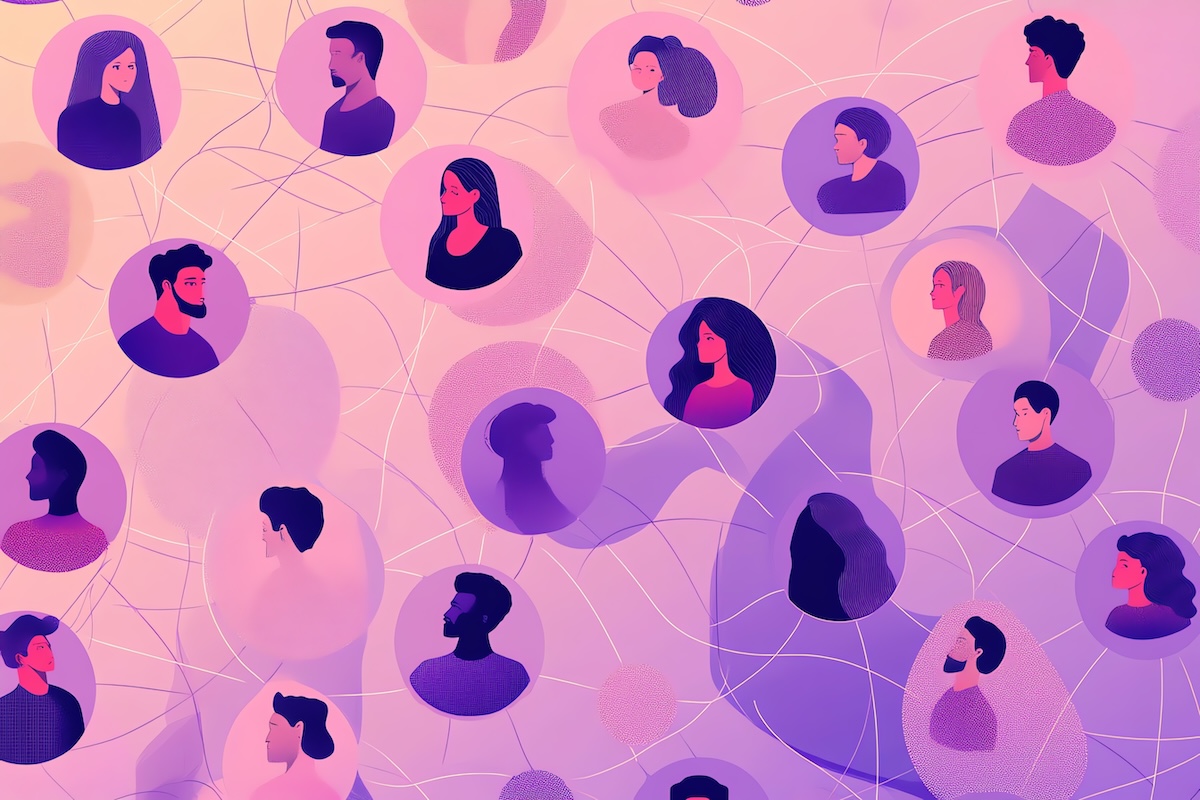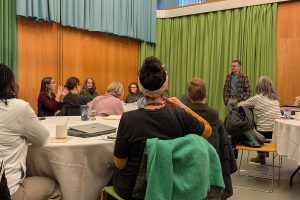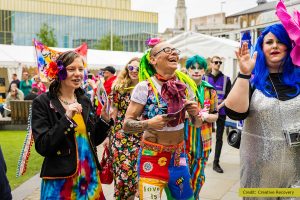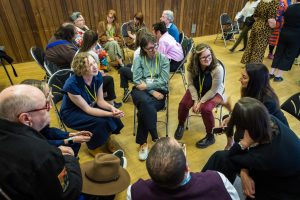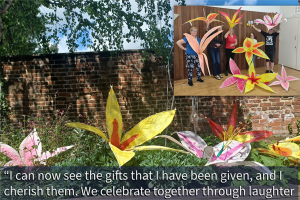Ellie Holding, Lucy Robertshaw & Dave Cartwright share their vision of an integrated Creative Health programme and the vital work of the Creative Health Connector.
Imagine a world where arts, culture, and creativity are integral to healthcare. That’s the vision driving a groundbreaking project in Doncaster, UK, and at the heart of it is the Creative Health Connector.
Funded by the UK Research and Innovation (UKRI) and Arts and Humanities Research Council Arts (AHRC) through the ‘Mobilising Community Assets to Tackle Health Inequalities’ programme, the programme aims to develop an innovative model to make arts, culture, and creativity a core part of health and care services across the UK.
Who is the Creative Health Connector?
The Connector acts as a vital link between key community assets: darts (Doncaster’s participatory creative arts charity), Cast (Doncaster’s professional theatre), and Heritage Doncaster (which operates Doncaster’s heritage venues). Working alongside these organisations and the Doncaster Creative Health Board, the Connector champions the Board’s vision: that everyone in Doncaster should have access to participatory creative activities, leading to happier, healthier, and more resilient lives. Please read the interview with Dave Cartwright, the Creative Health Connector, for his ideas as to how this could be achieved.
What does the Connector do?
The Connector’s work is multifaceted, focusing on:
- Empowering lived experience: Supporting the community assets, Creative Health Board, and researchers to connect with individuals who have experienced ill health, encouraging them to actively participate in the programme, whether by engaging in activities or contributing to research.
- Breaking down barriers: Identifying the obstacles and opportunities for people at high risk of poor health to participate in art, culture, and creative activities.
- Raising the profile: Promoting Arts & Health programmes to ensure they are inclusive, widely used, and valued by both residents and healthcare professionals.
Why is this role so important?
This role was created to address a crucial need: bridging the gap between creative resources and the healthcare system. It’s about making sure that the power of creativity can be harnessed to improve people’s health and wellbeing.
Identifying and overcoming barriers to participation and engagement in art, culture and creative activities is a key focus for the programme. Initially darts planned to employ a Creative Health Engagement and Participation Officer that would be based in the Doncaster Social Prescribing team, to support community assets and researcher identify and engage with participants with lived experience of ill health and support them to play an active part in the programme. With the decommissioning of Doncaster’s Social Prescribing offer, darts needed to quickly pivot and the Creative Health Connector post was developed with a similar remit but with support from being based at darts rather than the SP Team.
Evaluating the impact: A three-year journey
A longitudinal evaluation is running parallel to the UKRI research programme. The aim is to understand how the Connector role is implemented, its potential impact, and how it can be integrated into the wider creative health system.
The evaluation will involve:
- Gathering insights: Talking to healthcare professionals who interact with the Connector to understand the role’s influence.
- Following the journey: Analysing diary entries from the Connector to gain insights into day-to-day activities, challenges, and lessons learned that could be valuable for replicating the role elsewhere.
- Mapping the ripple effect: Using ripple effect mapping to capture the broader impacts of the role on the creative health system.
Annual reports will share key findings, culminating in a final report with recommendations for other areas interested in developing similar roles. We hope the findings will be useful to a variety of partners, including those delivering and commissioning creative health activities as well as social prescribers and other professionals delivering similar roles.
Early findings: a positive start
Below, we present an executive summary of the first year of interviews (August-September 2024) with eight individuals across the creative health system. Conducted during a period of significant change in Doncaster, including the decommissioning of social prescribing teams, the interviews explored the challenges within the creative health system that the Connector role could help address. Initial feedback has been very positive, with participants recognising the role’s potential to fill a gap in the Creative Health Board’s capacity. However, ensuring the long-term sustainability of the role remains a key challenge.
